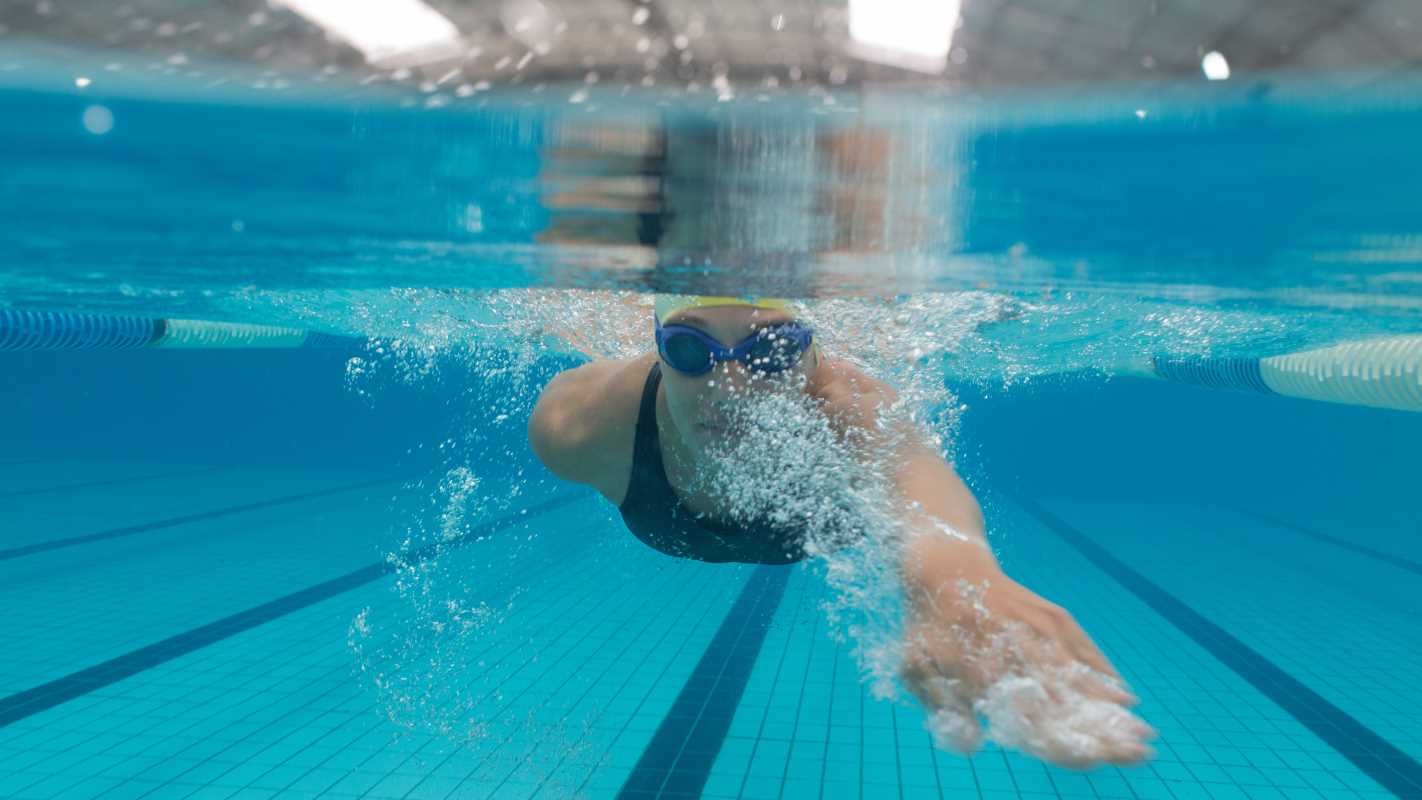Mastering a golf swing goes beyond simply hitting the ball; it involves a unique combination of skill, technique, and understanding how your body moves. Subtle biomechanical changes often lead to noticeable improvements in both distance and precision. When you concentrate on refining these details, you gradually notice positive changes in your performance that last over time. Even modest adjustments, paired with regular practice, can make your swing more effective and reliable. With greater awareness of how each movement influences your shot, you can build consistency and confidence each time you step onto the course.
Understanding your body’s role in every swing gives insight into how minor corrections can lead to major improvements. Every component of your body, from your stance to the final follow-through, plays a unique role. With a few targeted changes, you can unlock hidden potential in your swing and ultimately see the difference on the green.
The Science Behind an Effective Golf Swing
The foundation of a perfect golf swing rests on understanding some basic biomechanical principles. A strong swing depends on the seamless coordination between body segments, which transfers energy efficiently from the ground up. It’s about generating natural torque, staying balanced, and keeping the swing fluid and controlled.
Key principles include:
- Proper weight distribution to maximize ground force
- Effective rotation between the upper and lower body
- A stable posture that stays consistent through the swing
- Timing that ensures all parts of the body move in sync
When you understand these details, it becomes easier to pinpoint aspects of your swing that need adjustment. This scientific approach removes guesswork and gives you a clear plan for improvement.
6 Biomechanical Tweaks for Power and Accuracy
- Stance and Base Alignment. Start with a solid base. Your stance forms the very foundation of your swing. Keep your feet firmly planted while ensuring your body is properly aligned. Find a stance that feels natural yet secure by experimenting with slight adjustments in foot positioning. Practice keeping your weight balanced across your feet. A stable base reduces the chance of overcompensation later in the swing. This tweak helps you set a repeatable starting point that leads to a more consistent swing path.
- Weight Shift and Ground Force. Effective energy transfer happens when you smoothly shift your weight from back to front during the swing. Focus on a controlled weight shift to dramatically boost your power. Few athletes realize that the force generated from the ground up forms the core of a powerful shot. Emphasize using your legs to drive the motion. Feeling the ground beneath you and driving forward promotes a more efficient transfer of force. This tweak brings both stability and strength to your game.
- Hip Rotation and Activation. Your hips play a crucial role in controlling the swing's power. Actively engaging your hips helps create the perfect rotation that allows your upper body to follow effortlessly. A smooth and effective hip turn can contribute significantly to both distance and accuracy. Practice turning your hips early in the swing to anticipate the shot. This preparation ensures that your body works as a synchronized unit when it matters most.
- Arm Extension and Follow-through. Once your lower body activates, your arms must complete the action by extending fully. A well-executed arm extension ensures that your club finishes in a strong, controlled follow-through. This simple tweak can lead to not only more power but also greater accuracy. Focus on keeping your arms relaxed yet firm. Avoid locking your elbows too early; instead, let the momentum build naturally and guide your swing to a clean finish.
- Wrist Hinge for Flexibility and Control. Adding a proper wrist hinge into your swing isn’t just about adding flair—it creates control. The timing of your wrist release significantly influences the issues of both power and accuracy. By engaging your wrist at the correct moment, you tap into a smooth, rhythmic swing. This resource dives into overlooked elements that can further refine your wrist mechanics and overall swing control.
- Timing and Synchronization. Every segment of your swing must occur in perfect timing. The coordination between your lower body, hips, arms, and wrists defines a successful shot. This tweak is about making sure that nothing feels rushed or out of sync during the swing’s sequence. Develop a rhythm that connects each phase of the swing seamlessly. A well-timed swing helps you maintain balance while pushing your performance to new heights.
Drills to Practice Each Tweak
Repetition plays a key role in developing motor skills. The following drills target each of the six biomechanical tweaks discussed above. Set aside a few minutes each practice session to focus on one drill at a time.
Try these exercises to solidify your improvements:
- Stance Drill: Stand in front of a mirror to observe your base. Practice aligning your shoulders with your hips and feet, ensuring that you maintain balance throughout.
- Weight Shift Drill: Place a small marker under your back foot and focus on shifting your weight fluidly to the front as you mimic the swing motion without a club.
- Hip Rotation Drill: Use a resistance band around your waist to create mild tension. Perform slow, controlled turns to emphasize hip engagement.
- Arm Extension Drill: Stand in a relaxed stance and swing your arms forward completely, keeping the movement smooth. This exercise helps develop muscle memory for a full follow-through.
- Wrist Hinge Drill: Practice gripping a lightweight club or stick. Swing gently while focusing on the correct moment to release the hinge, observing how your wrist’s motion affects the club's path.
- Timing Drill: Perform a slow-motion swing sequence while counting seconds for each part of your swing. This rehearsal builds muscle coordination and timing awareness.
Common Mistakes and How to Avoid Them
Even small missteps can weaken the benefits of a biomechanically sound swing. Recognizing common errors helps prevent bad habits from forming. One frequent issue involves overextending the arms, which causes a loss of natural swing flow.
Other pitfalls include stiff hip rotation that limits the range of motion, poor alignment in the stance, and untimely weight shifts. Misfiring these fundamental aspects results in inconsistent shots. Use video analysis to spot these mistakes and guide your corrections.
- Rigid movements that reduce fluidity
- Over-rotation of the hips without proper coordination
- Neglecting the follow-through, which disrupts balance
- Ignoring the importance of a relaxed wrist hinge
- Rushing the swing, leading to premature weight transfer
Understanding these common mistakes and actively working to fix them will keep your improvements on track. Focus on precision, adjust slowly, and give each tweak the attention it needs.
Incorporate Biomechanical Tweaks into Your Training Routine
Consistency remains essential when you aim to make lasting biomechanical improvements. Incorporate these tweaks into your regular practice by dedicating specific time for drills and review. A structured training routine can help you progress faster and build confidence through repetition.
Follow this simple checklist to include these adjustments in your training sessions:
- Warm up thoroughly to prevent injuries and prepare your body for movement.
- Dedicate a few minutes to each tweak during practice sessions, focusing on one aspect at a time.
- Use video analysis to break down each component and track your progress over time.
- Alternate between full-swing practices and targeted drills to keep your routine balanced.
- Be patient and allow your body to adapt gradually through regular repetition.
This organized approach ensures that every session builds on what you previously learned. Integrating these fundamentals into your routine helps reinforce muscle memory and leads to noticeable and lasting improvements.
Make small adjustments, practice the drills, and enjoy greater power and accuracy in your game. Try these changes today and see your swing improve.
 (Image via
(Image via





